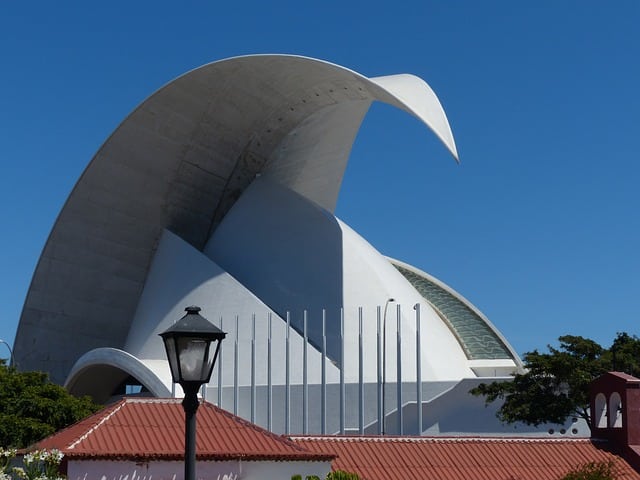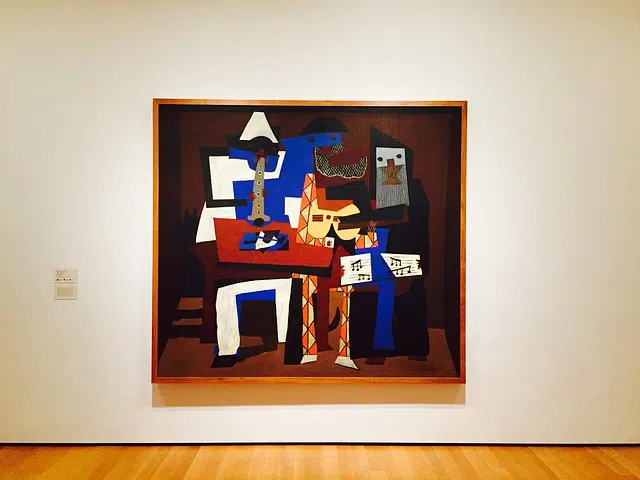
The avant-garde idea is associated with innovation in content and form.
The original meaning of vanguard refers to the part of an armed force that goes in front of the main body . The vanguard is made up of the first lines of the combat formation.
The concept can be extended to name the vanguard of an artistic, political or ideological movement . In this sense, the avant-garde is something new that escapes the dominant trend and that could lay the foundations for future development .
A renewing current
The avant-garde involves a renewal of forms and contents. In the case of art, for example, it tries to reinvent its bases and confronts existing movements. At first, the avant-garde is a minority and usually generates rejection by traditionalist circles. With the passage of time, however, it can itself become part of the system (losing, as a consequence, its avant-garde status).
Although the avant-garde has very different characteristics, they are similar in the fight against traditions, the commitment to innovation, the exercise of individual freedom and their experimental nature.

Cubism was an artistic avant-garde.
The artistic avant-garde
Between the years 1914 and 1939 there was an evolution in the way of thinking, both in art and politics, and the artistic avant-garde represented movements that changed the vision of people and reality, leaving behind attention to details. , in pursuit of greater creative freedom, using abstract images and giving colors unprecedented importance.
Some of the most significant movements were:
* Futurism : originated by Filippo Tommaso Marinetti, through the publication of a manifesto that invited the search for a modern order , leaving the past and tradition behind. The First World War played a key role in the end of Futurism, since many of its representatives died on the battlefield. Ironically, many had thought that this disastrous milestone in history would have served to destroy the schemes that had existed until then, leaving a blank canvas on which to reconstruct the culture of the West;
* Cubism : it is a reflection on form, from an intellectual and visual perspective. The most recurrent themes of this movement are still life and portraits. Likewise, he saw the emergence of collage, which consisted of combining pieces of various materials on the same surface. Basically, Cubism proposes the representation of nature through the use of geometry, placing figures in a single plane. It is worth mentioning that it also made its appearance in literature, thanks to the work of the French writer Guillaume Apollinare; In this case, it was based on the combination of random concepts and images;
* Suprematism : highly influenced by the two movements just exposed, Suprematism was based on giving a leading position to pure sensitivity and its supremacy in the figurative arts . Some of his traces are the use of basic geometric shapes, such as squares, lines and circles, painted with a limited range of colors; Its evolution saw a stage in which it experimented with monochrome, and also produced works made exclusively in black and white.
A Catalan newspaper
La Vanguardia , on the other hand, is a morning newspaper of general information published in the city of Barcelona ( Spain ). Its first edition was published in 1881 , a fact that makes it one of the oldest newspapers in the country.
The Godó Group , linked to the origins of the newspaper, is the current owner of La Vanguardia . Its president and editor-in-chief is Javier Godó , born in 1941 . At the political level, La Vanguardia is located on centrism. It is a newspaper with a liberal and Catalan tendency.
